2020 Toyota C-hr Owner's Manual
The Toyota C-HR is a subcompact crossover that combines the seating position of an SUV with the driving feel of a sedan. It is in a class of affordable price range and with good fuel economy in operation. Only front-wheel drive is available in this model. The interior of the Toyota C-HR has a confident daring style. In the center is an 8-inch information display on a curved dashboard. Located towards the driver, it is the main highlight in the design of the cabin, because immediately the sight falls on him. Underneath the display, there are buttons that make it easy to control the air conditioning and heating in the cabin. This car will be convenient for small families. The trunk is small, but it is possible to unfold the rear seats to increase the space in it. The 1.8 liter motor has 120 horsepower. Accelerate from a place to 100 km / h possible for 11 seconds. The car is suitable for driving in the city as well as on the highway. Toyota C-HR has a high level of reliability and safety.
Toyota C-HR is 225 mm longer and 30 mm wider than Nissan Juke. In the distance between the front and rear axles, the C-HR wins over the Juke by 110 mm, and they have the same height. The front suspension of the C-HR crossover is with MacPherson struts, the rear is multi-lever, the trunk volume is 297 liters (the backrests of the second row are folded in a ratio of 40:60), and the power steering is electric.
The updated car of the 2020 model year received a changed front bumper with a painted lower part, enlarged radiator grills, rear lights of a variable design, which are visually connected by a black spoiler, as well as new main optics. Daytime running lights and turn signals are combined into a single light line, which is located in the upper part of the headlights.
In UK, Toyota C-HR is offered with four-cylinder engines: 2.0-liter naturally aspirated 3ZR-FAE (148 hp, 189 Nm) and 1.2-liter turbo unit 8NR-FTS (116 hp, 185 Nm). The naturally aspirated engine is combined with a Multidrive S variator and front-wheel drive. The turbocharged engine can be paired with a 6-speed manual (front-wheel drive) or a variator (four-wheel drive with a multi-disc clutch).
In this, the dynamic characteristics of the versions differ minimally. The “two-liter” C-HR accelerates from 0 to 100 km/h in 11 seconds and consumes 6.9 liters of gasoline per 100 km in the combined cycle. Modification with a 1.2 engine and a manual transmission reaches “hundreds” in 10.9 seconds and consumes according to the passport 6.3 l/100 km. Toyota C-HR with a turbo engine, variator and all-wheel drive accelerates from 0 to 100 km/h in 11.4 seconds and “eats” 6.6 liters of fuel per 100 km in the combined cycle. The maximum speed of the Toyota C-HR with a 2.0-liter engine is 195 km/h, versions with a 1.2-liter engine accelerate to 180 km/h (variator) and 190 km/h (manual transmission).
We also have Toyota owner's manuals for other years:
Need help?
Please ask your questions about the 2020 Toyota C-hr on this page below.
Describe your 2020 Toyota C-hr problem in as much detail as possible so that it is easier for us to give you an answer.
We will do our best to answer each request.
Ask your question on the page "Need Help"!

 2023 Toyota Tu...
2023 Toyota Tu...  2020 Toyota La...
2020 Toyota La... 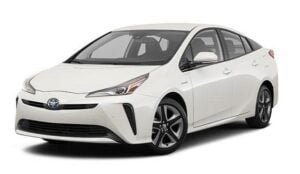 2005 Toyota Pr...
2005 Toyota Pr... 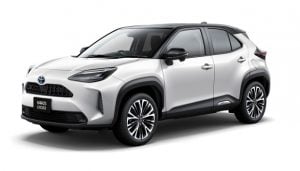 2022 Toyota Ya...
2022 Toyota Ya... 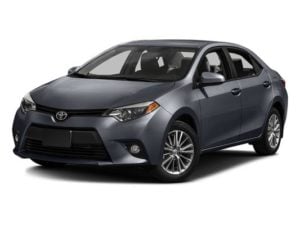 1999 Toyota Co...
1999 Toyota Co... 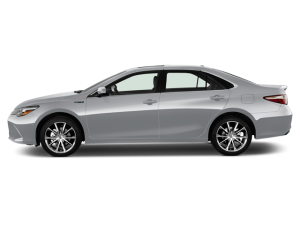 2017 Toyota Ca...
2017 Toyota Ca... 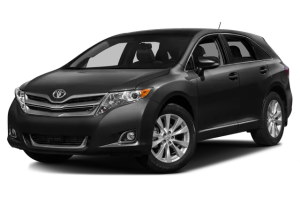 2013 Toyota Ve...
2013 Toyota Ve...  2023 Toyota Pr...
2023 Toyota Pr...  2024 Toyota RA...
2024 Toyota RA...  2014 Toyota Pr...
2014 Toyota Pr...  2011 Toyota Si...
2011 Toyota Si... 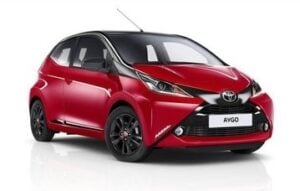 2012 Toyota Ay...
2012 Toyota Ay... 
 2024 Toyota Hig...
2024 Toyota Hig... 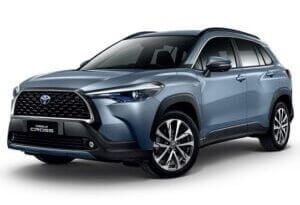 2024 Toyota Cor...
2024 Toyota Cor... 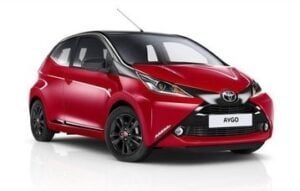 2024 Toyota Ayg...
2024 Toyota Ayg... 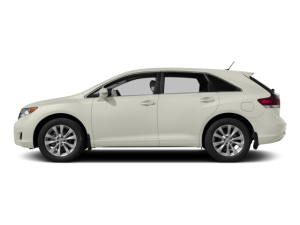 2016 Toyota Ven...
2016 Toyota Ven... 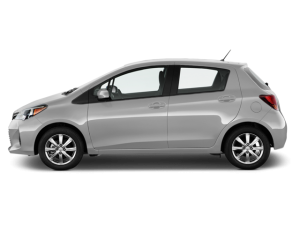 2020 Toyota Yar...
2020 Toyota Yar...